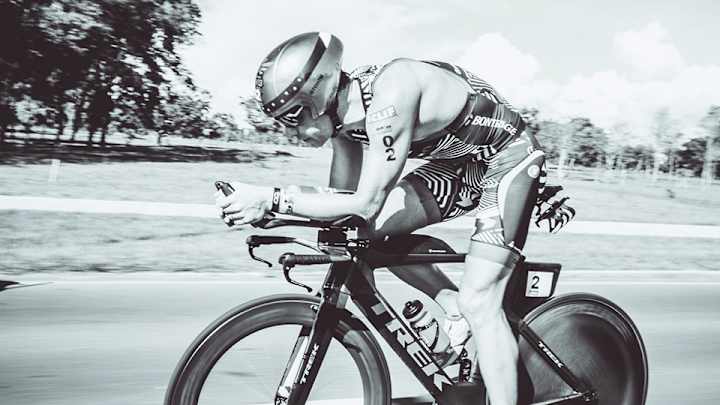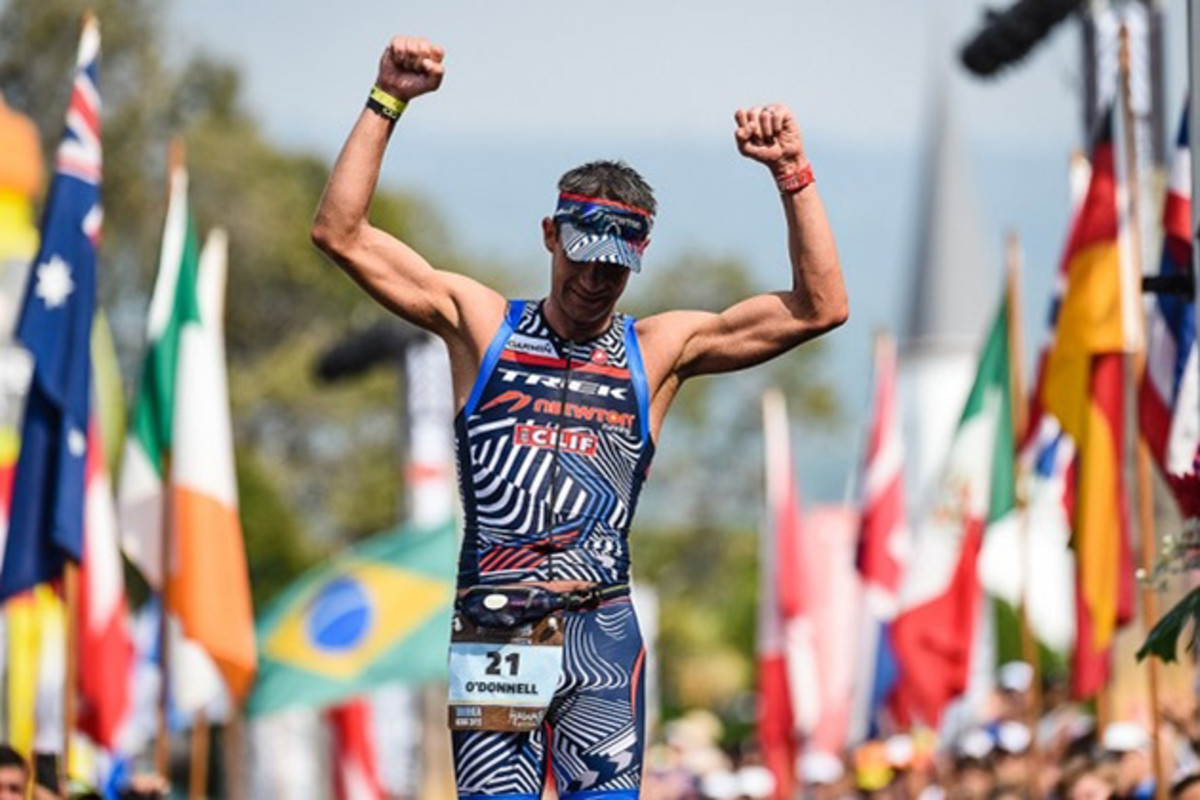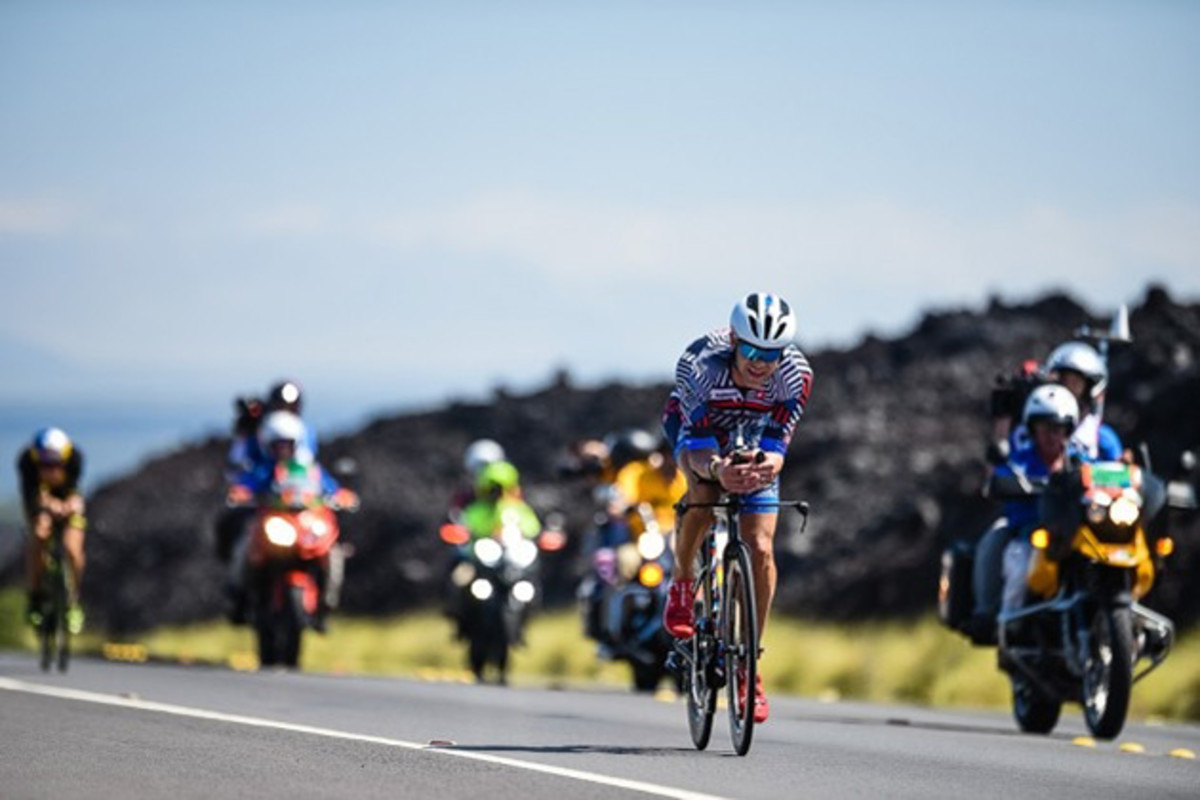How triathlete Timothy O’Donnell trains smart with data

As triathlete Timothy O’Donnell grew from short-course triathlons into Ironman distances, he knew he needed to train smarter.
“As you get older, you need to be a little more discerning with what you are doing,” says the 35-year-old former U.S. Naval Academy swimmer. “I reevaluated my training, going into a heart-rate based aerobic-focused training. That is what my whole training plan has been focused on the last couple of years.
The biggest training weeks of O’Donnell’s life come as part of the 12-week build for the Kona Ironman. He’ll train roughly 40 hours a week in a five-week stretch, logging 70 to 80 miles of running, 500 miles of riding and 18 miles in the pool each week, with the longest day including a 160-mile ride followed by at least 60 minutes of run. That equates to about nine hours or so of moving your body.
Intel's new technology 'Curie' finally gives snowboarders hard data
Along the way, the Boulder-based athlete—he’ll travel to his wife’s native Australia or Scottsdale, Ariz., to train in the winter—says knowing his heart rate is the top goal. In year’s past, power on the bike and average pace on the run were key data points for O’Donnell. After starting a new training program with six-time Ironman champion Mark Allen, a review of his training found that O’Donnell was putting in plenty of work and was working hard to hit certain power numbers or race paces, but it wasn’t necessarily equating to the smartest movements or use of energy. “It all falls back to let’s use that other data, but in conjunction with heart rate,” O’Donnell says.
That zone can vary, even for a top-flight athlete. On longer session, such as the eight-hour Ironman events, he’ll shoot to stay in the 145 to 155 beats per minute aerobic endurance zone due to its metabolic efficiency, where you burn fat efficiently and the percentage of carbohydrates vs. fat burning works out to optimal output. “For me, as an Ironman racer, if I can’t take in enough carbohydrates, I can’t process enough during the race, so I need to rely more on fat,” he says.
With competitive swimming in O’Donnell’s background, he puts most of his training focus on the bike and the run. But he can use his Garmin Forerunner 920XT as his main piece of data-tracking equipment no matter the discipline. He pairs with the Garmin heart-rate monitor chest strap for triathletes, allowing him to monitor heart rate in the pool and on land. His 520 Edge cycling computer still tracks all the power data he wants, but it is the Forerunner 920XT that seamlessly transitions between the three disciplines.

“Now I monitor my power (on the bike) relative to my heart rate,” he says. “Instead of trying to hit 350 watts in intervals, I will try to hit 165 beats per minute heart rate and monitor the progression of power. That is where I can see my improvement.”
Using the heart rate as the starting point, O’Donnell then tracks his power analysis from the data-linked pedals and onboard computer to ensure his output remains on track. “You can see your position, where the power goes through your pedal and know how efficient your setup is,” he says. “There is a lot of pretty cool stuff like that to monitor.”
Using the data, O’Donnell saw how he shifted on his bike to balance power in his legs, a problem remedied by dropping the crank to open his hips to center himself on the bike for a more natural balance. He credits that change alone with shaving nine minutes off his bike time in Kona in 2015.

With so much availability of data, O’Donnell says that the heart rate symbolizes just the tip of the iceberg. “For me it is the foundation, but there is so much ancillary information,” he says. “You just need to make sure you can corral it correctly and use it effectively. I will review my cadence and ground contact time picked up by the 920 and I can know that if my foot is on the ground for 12 milliseconds instead of eight I’m dropping my hips and I’m tired and running inefficiently. We can monitor that and see what I’m doing in training to not fall into those bad habits.”
Once O’Donnell hits a race, he continues to monitor his heart rate, especially during the swim and on the bike. “When it comes down to the run, it is a race and all the data goes out the door,” he says. “You have to get to the finish line first.”
The SI Extra Newsletter Get the best of Sports Illustrated delivered right to your inbox
Subscribe
Data has helped O’Donnell train smarter. And that has helped his career last longer.
Tim Newcomb covers stadiums, sneakers and training for Sports Illustrated. Follow him on Twitter at @tdnewcomb.
